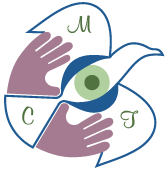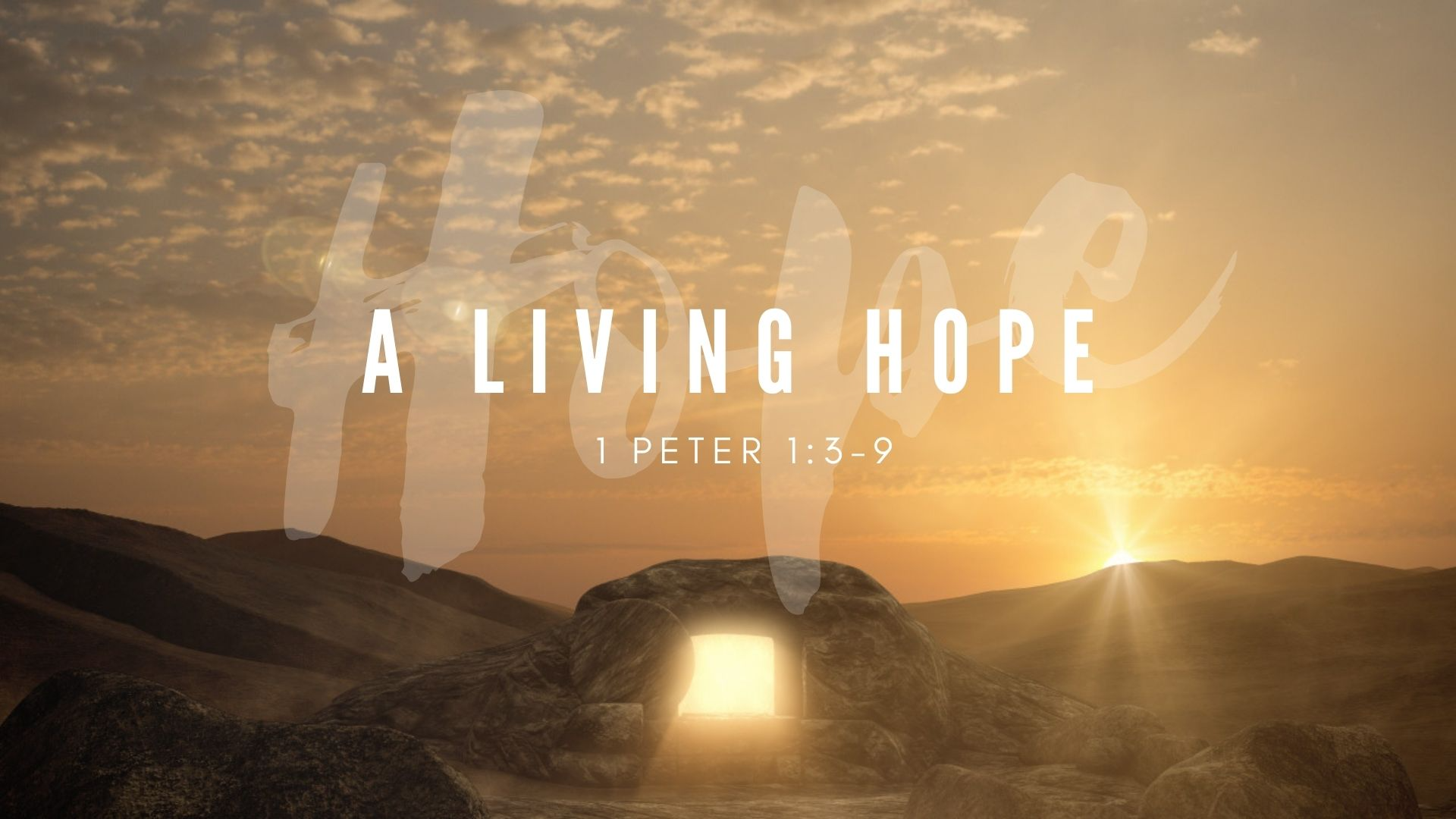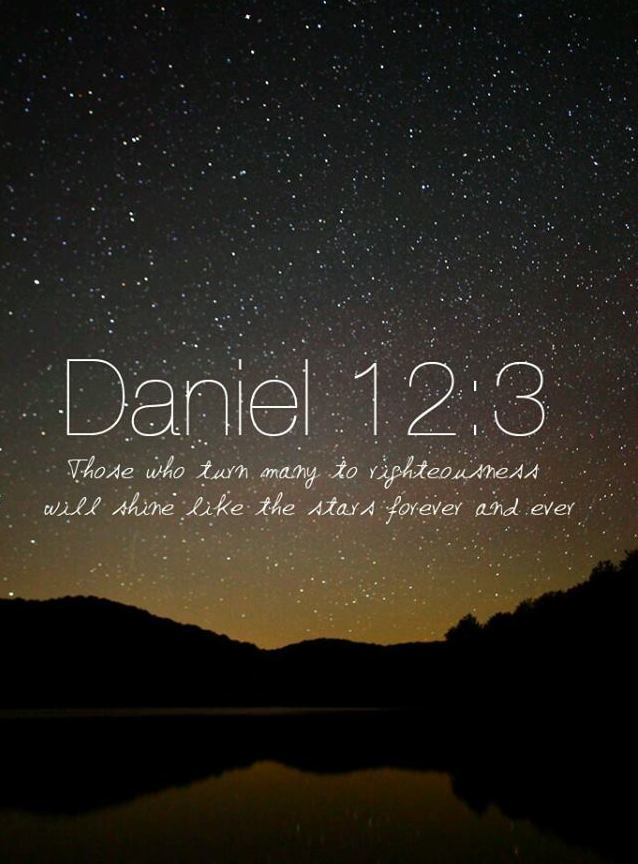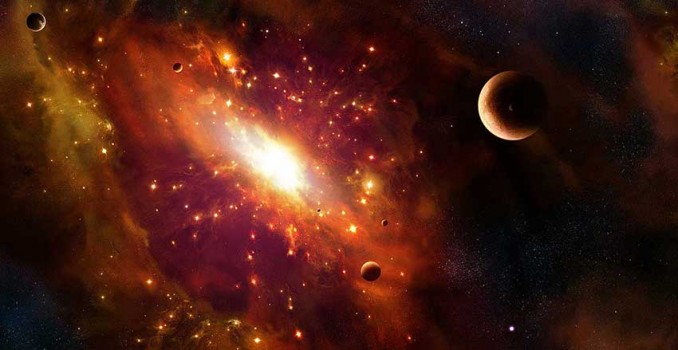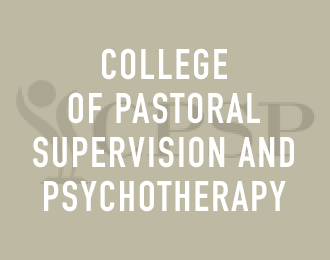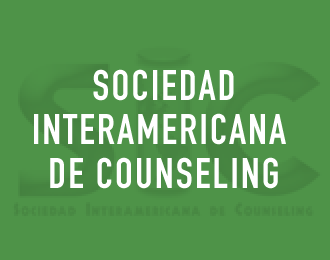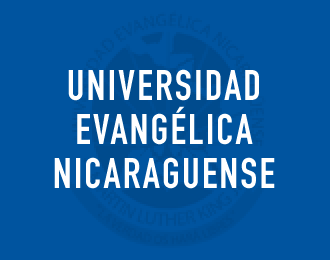A sunrise with the power to transform us.
Esteban Montilla | 20 abril, 2025

The Sun is just one of the hundred billion stars that make up our Milky Way galaxy, and this galaxy is merely one of the more than a hundred billion that make up the universe. However, this star is the almost exclusive source of light, heat, and energy for this planet, without which life would not be possible.
Every day, the Earth rotates (from west to east) around its axis; as a result, the Sun and the other stars rise in the east and set in the west. But while the Earth rotates around its axis, it also orbits the Sun, taking 365 days to complete each round.
I included this brief astronomy reference to highlight the sun’s importance for sustaining and maintaining life. Ancient cultures often worshiped the sun as a god due to its significance. Biblical writings use the figure of the Sun to refer to the Creator and Sustainer of this universe and Jesus of Nazareth as the Light of the world. In the Judeo-Christian tradition, we refer to God as our sun, who gives us life and opportunities to shine and flourish (Psalms 84:11; Isaiah 60:19).
God has promised a new dawn for humanity. This new human reality will be possible when we allow the Creator to write his dream for us in our minds and hearts: to live in love and justice. A life characterized by compassion, humility, joy, forgiveness, and peace. This is what He who “set the sun to give light by day and the moon and stars to give light by night” (Jeremiah 31:33-38) invites us to do.
This dawn is possible when human beings join forces with our God to combat evil in all its dimensions: political, social, psychological, religious, and moral. We can fight evil by rejecting it in our hearts, denouncing it with our words, and sometimes even sacrificing our lives. Jesus of Nazareth intended to expose us to the new life model in his reign.
He taught, healed, and preached about this new kingdom with all his energy and strength. He denounced the arrogance of the Roman Empire’s leadership and the corruption of the Jewish religious leadership, who had joined forces to exploit the members of that society. Jesus of Nazareth dared to suggest that the leaders of the Roman Empire and the Jewish religious leaders had joined forces with supernatural forces of evil to perpetuate the kingdom of evil, destruction, and darkness (Luke 22:53).
Theologian and New Testament scholar N. T. Wright (2006) points out that Jesus’ death was the result of the malicious political forces of that world and the evil forces behind the social structures run by corrupt and short-sighted human beings. That “kingdom of darkness” ultimately sought a way to eliminate the prophet who proclaimed the gospel or good news of liberation. Through an unjust trial, they condemned him to death by crucifixion.
In carrying out this execution, the “kingdom of darkness” demonstrated how far human beings can go when they commit themselves to evil to the point of wanting to eliminate the source of all good. That “kingdom,” for a short time, celebrated its victory, but beyond that, a new dawn awaited humanity. The sun would rise again, and the darkness would dissipate. The resurrection brought this new dawn. The cross and the tomb would open the way to that new life. Jesus laid down his life and took it up again, just as promised (John 10:17).
It is interesting to note that Jesus, following the tradition of Moses, who took three of his followers, Aaron, Nadab, and Abihu (Exodus 24:1-11), decided to take three of his disciples, Peter, James, and John (Matthew 17:1-12), and led them to a high mountain where he confirmed to them the truths of the new kingdom and the reality of the resurrection as a new beginning, a new creation, a new week.
Likewise, three women, Mary Magdalene, Mary the mother of James, and Salome (Mark 16; Matthew 28; Luke 24), on the first day of the week, as in the account of creation in Genesis, were commissioned as apostles and sent to announce the good news of the resurrection of Jesus Christ to the other disciples. It should also be noted that, in that cultural context, women could not serve as “witnesses” (to be a witness, one had to have testes); so the fact that these women were commissioned to announce this momentous event speaks to the very nature of the new system of government and leadership that Jesus of Nazareth was promoting.
The gospel is a new creation, a new reality where “the kingdom of death,” which the policies of the Roman Empire would not have the last word. Precisely, the Roman Empire called its policy of government “the gospel or good news,” but it was a gospel where death reigned: the death of ideas and physical death. So, it makes more sense that Jesus of Nazareth decided to call his liberation project the Gospel or Good News. In this context, the disciples were named ambassadors of the Good News of the resurrection of Jesus of Nazareth.
The new dawn rests on the foundation of the risen Messiah, the one who faced death and conquered it, the Messiah who was and is “the way, the truth, and the life” (John 14:6). This culture of life and peace permeates the entire history of God’s salvation and intervention on this planet. Therefore, to affirm the resurrection, that is, to say yes to life, is to open the doors of our minds and hearts so that the power of the Holy Spirit can imbue our inner being, and we can live abundantly and flourish in this world.
Affirming the resurrection implies a commitment to live a life married to justice, mercy, and humility (Micah 6:8). A life that reflects the divine nature that characterizes us (2 Peter 1) and empowers us to live up to the excellence of the Risen Christ.
To affirm the resurrection means to fight against evil in all its dimensions. To proclaim the resurrection is to share with the world the Light, the Sun of Justice that has defeated the “kingdom of darkness” and has given way to the New Kingdom where there is no place for injustice, oppression, slander, corruption, exclusion, exploitation of the poor, and a Kingdom where there is no room for iniquity (Psalms 15).
The new dawn that transformed and continues to transform humanity commits us to a life that radiates the light, warmth, and energy that Jesus of Nazareth shared through his teachings, death, and resurrection.
So, once again, the resurrection invites us to live as new creations, to renew ourselves through love. To live as a people who have been, are, and will be freed from slavery, empire, death, exclusion, and evil. A new dawn toward the kingdom of life and complete freedom (Galatians 3:28; 5:1, 22-25). A new dawn where human beings, in addition to living by the Word of God, also have our daily bread. God, deliver us from evil and let your dawn shine. Hallelujah!
References
Wright, N. T. (2006). Evil and the Justice of God. Downers Grove, IL: InterVarsity Press.

